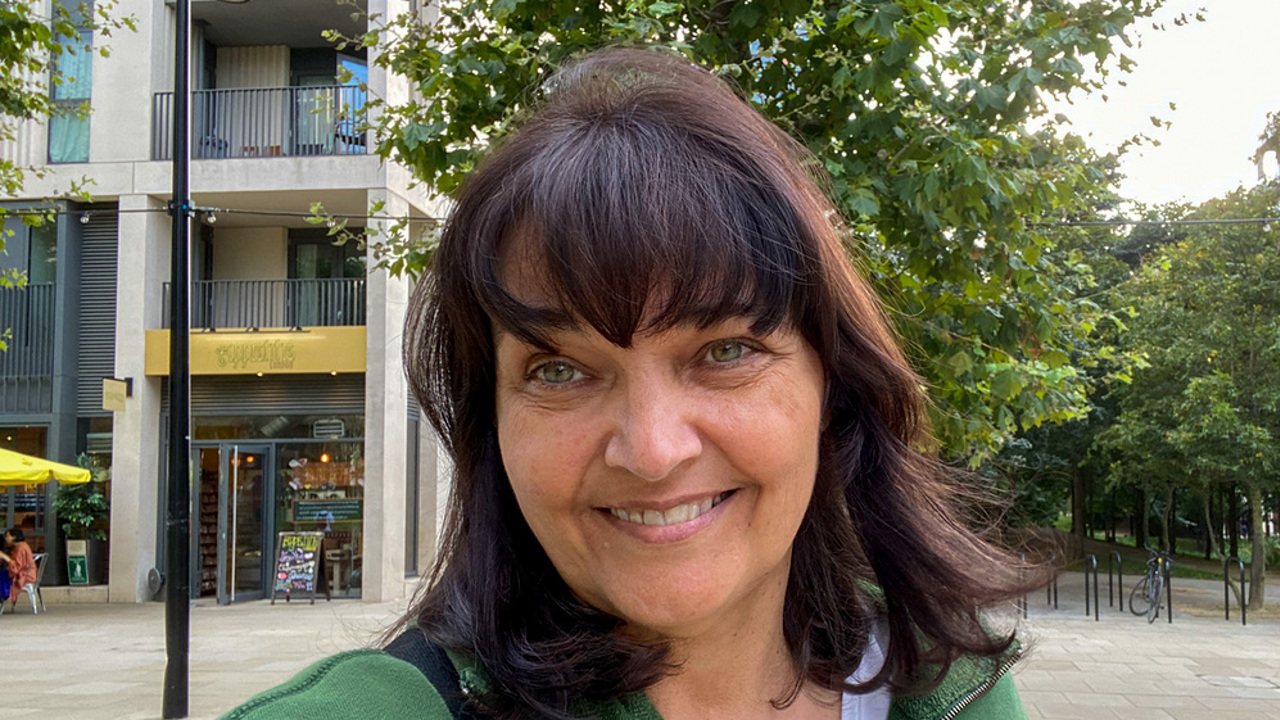Have you ever resolved a glitch in a cutting-edge hightech demo using duct tape and cardboard five minutes before VIPs arrive? Creative problem solving is just one aspect of life as a BBC senior R&D producer. I drive projects that target the future of media and broadcast for next-generation production services.
Each week is different, which is ideal since I thrive on variety. In a recent standout week, I led a team on an R&D mission to Radio 1’s Big Weekend music festival. Technology facilitating creative experiences is magical to me, so it was awe-inspiring to witness the staggering array of technologies, production crews, and performers delivering a live music event, while simultaneously broadcasting to TV and radio audiences. The information gathered will feed into two projects: Mixed, Augmented, and Extended Reality (XR) Media Pipelines (MAX-R) and AI for Personalised Media Services (AI4ME).
I lead strands of the MAX-R international collaboration targeting XR innovations. Real-time technologies (including 3D-game engines and live tracking) were once confined to VR research labs and gaming. But the technologies are now impacting film-making and high-end TV through increased adoption of virtual production, and mainstream spatial XR computing experiences (aka ‘the metaverse’). Our MAX-R team aims to improve methods for capturing live real-world performances for 3D spaces.
The original Star Wars and The Matrix were pivotal influences in igniting my unshakable fascination with technology-driven creativity. But a career in creative technology innovation seemed less feasible than becoming an astronaut or rock star. So, I set out in economics and business while practicing fine arts on the side. But I periodically felt a need for change whenever my learning curve flattened. Teaching myself DOS to run business software kindled an interest in programming, so I tried transitioning into more technical roles to sustain my interest. A part-time computing degree led to software engineering roles, but I still wanted more.
The door into a creative technology mix cracked open when I pursued a VR postgraduate degree, supplemented with 3D animation and content creation. But I was then torn between pursuing animation or creative technology innovation. Recalling my inspirational movies, I deliberated what I would want my film credit to reflect. Imagining being part of the R&D team that created the bullet-time scene won.
I felt creative technology innovation would lead to endless possibilities to create, discover, and explore, so the next step was a VR-related Ph.D. I also worked on the international project targeting Real and Virtual Engagement in Realistic Immersive Environments (REVERIE) involving technologies that would now be associated with the meta-verse. My skills and experience grew, which led to a post-doc position on the COGNITUS project, which developed a media AI software platform for crowdsourcing and enhancing video for broadcast in collaboration with BBC. I ultimately moved to BBC where I led the COGNITUS public-facing trials at the Edinburgh Festival Fringe, BBC Music Day, and many other live demos for projects across Europe.
Trials and demos going live involve risk and uncertainty (hence the need for the occasional duct tape)! Not only do a multitude of advanced technologies have to synergize in real time, but audience engagement is often unpredictable. But the opportunity to overcome these challenges to improve the technology is immensely rewarding.
Here are two takeaways from my career that might help yours:
- Develop communication skills in tandem with technical/scientific ones to stand out if interested in roles that involve engaging stakeholders, clients, study participants, or end users.
- Increase opportunities by applying. Aim to qualify for the opportunities you are targeting, but also apply to things that excite you even if you think you might fall short. If you don’t succeed, you can learn from the experience to help improve chances next time.





Join the Discussion (0)
Become a Member or Sign In to Post a Comment